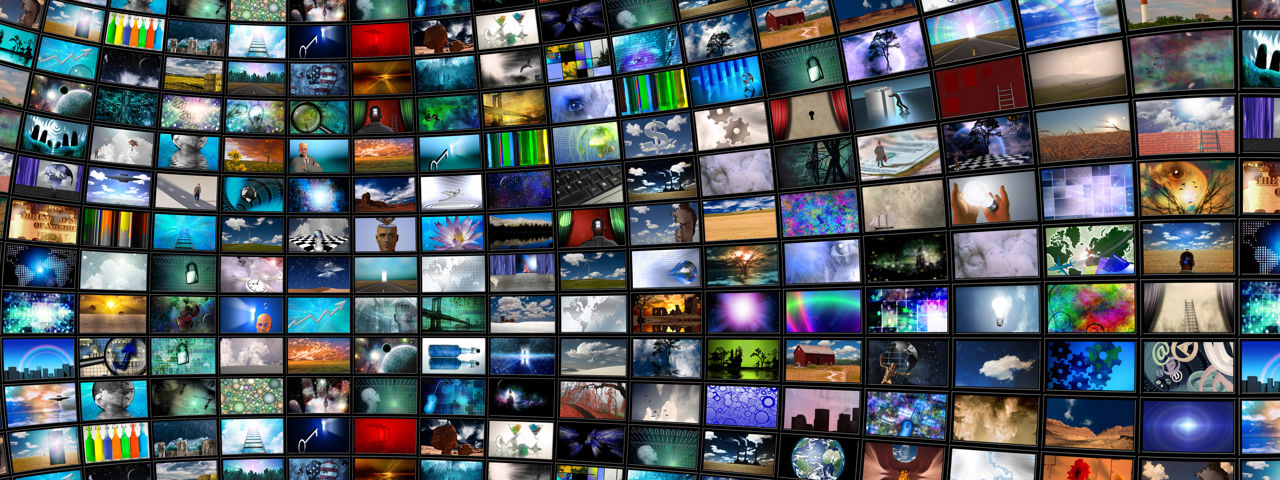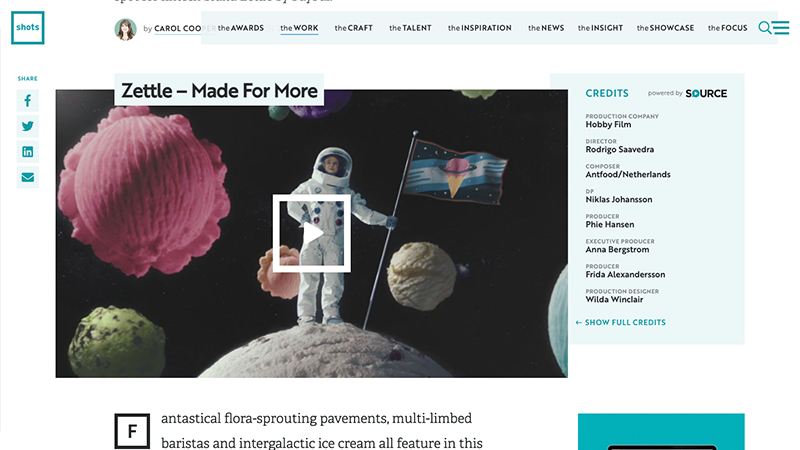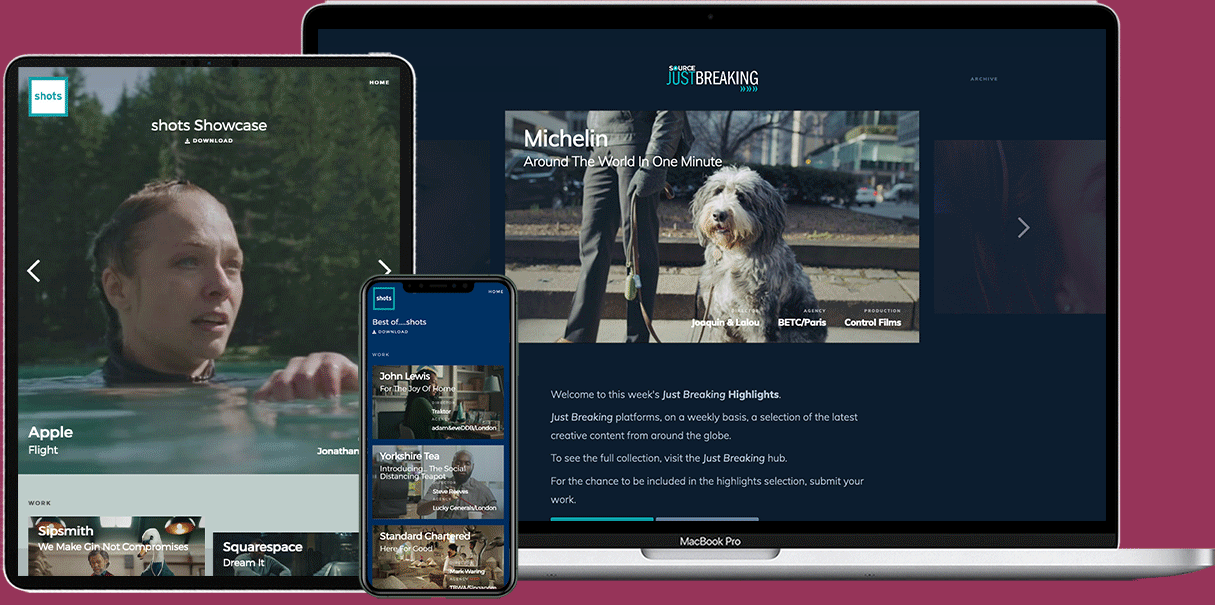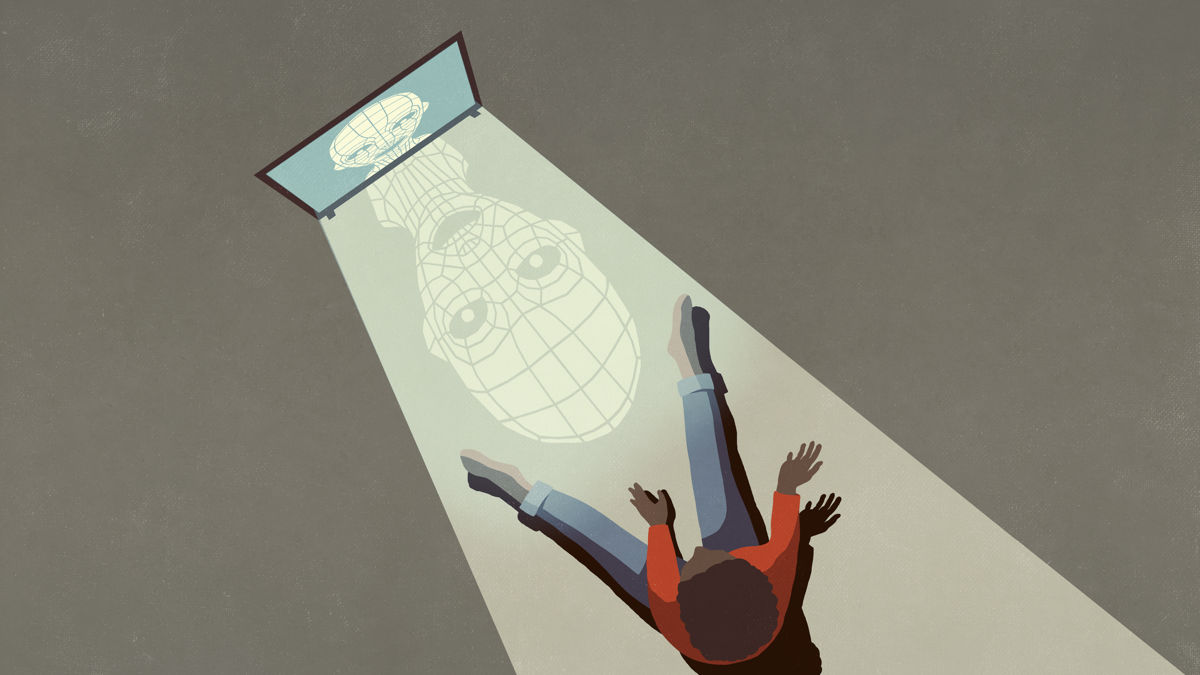GenAI vs storytelling: the final reckoning for advertising
While generative AI can – and does – help the advertising industry to stay on top of the dizzying array of asset production now required, Kate Ross, Co-Founder & Group MD at eight&four, believes that artificial assistance comes at the cost of emotional resonance.
The Mad Men season one finale is often referenced as the greatest TV pitch of all time. Don Draper is pitching to Kodak to win the business for their new slide projector product, called Carousel.
“Nostalgia. It’s delicate, but potent. Teddy told me that, in Greek, nostalgia literally means ‘the pain from an old wound’. It’s a twinge in your heart, far more powerful than memory alone. This device isn’t a spaceship. It’s a time machine. It goes backwards, forwards. Takes us to a place where we ache to go again.
[Don Draper] doesn’t talk about 140 characters, data attribution or how the idea will live on social. He tells a story.
"It’s not called ‘The Wheel'. It’s called ‘The Carousel'. It lets us travel the way a child travels. Around and around and back home again to a place where we know we are loved.”
What is Don doing? He’s storytelling. He’s describing human emotional states – nostalgia, childhood memories, the need to belong and be loved – and connecting them to Kodak’s new product. It’s artful. He doesn’t talk about 140 characters, data attribution or how the idea will live on social. He tells a story. One of his colleagues actually wipes away a tear.

Above: Don Draper used storytelling and emotional resonance to help in his fictional pitch to Kodak, but is the real advertising industry losing it's emotional core?
This is what advertising was supposed to be; taking the art of storytelling and applying it to businesses. Helping those businesses to sell new products or services, and presenting a product or service as the scratch to an emotional itch, creating an emotional bond that will drive demand.
But, with the advent of the internet, the game rapidly changed. As the media landscape fragmented, from five channels to 500+, focus shifted. Marketers were put under pressure to focus relentlessly on channels – how will it work in search? How will it work on Facebook? What about email? How quickly can you get us all the different assets required to launch this campaign across all these channels?
The loop has been endless. All this technology, and this is what we did with it? Don Draper would roll in his grave.
It was difficult to recognise at the time, but the ‘pitch’ slowly moved from the ‘idea’, to the ‘laydown’. We became drowned in asset production. It was great for business, as asset production requirements from brands were insatiable and scopes of work ballooned. But it got ever more dizzying as more and more digital channels launched, as pay-to-play exploded, and as performance testing took off.
Now it wasn’t just one Facebook asset that was needed, it was five of them, so we could test them against each other. And that then fed a hunger for more personalisation, more testing, more data. The loop has been endless. All this technology, and this is what we did with it? Don Draper would roll in his grave. As the early Facebook investor Peter Theil said, “We wanted flying cars, instead we got 140 characters.”

Above: The dizzying array of channels on offer has meant that advertising's focus has shifted.
This asset boom is why, in 2023, the number of people in the UK working in advertising reached an all time high. There is just so much for us to do.
And that’s why the GenAI era is such a staggering reckoning for the industry. Templated, formulaic asset production is what GenAI is great at. Upload a content idea to a fine-tuned GenAI tool, customised for your brand’s tone of voice, and it can spit back a first draft of all 500 multi-channel assets you’ll need.
The GenAI era is a staggering reckoning for the industry.
Specific word count per channel/format? No problem. Best practice copywriting for different channels? Whether its concise tweets, SEO-optimised blog posts or best practice hashtags, GenAI is fine-tuned to deliver that. It's also eaten all your historical performance data, connected dots on what performs (or doesn’t) per channel, and integrated that too.

Above: Endless data reports has meant the industry has lost its creative edge.
In an industry bloated on the profit of high volume and mediocre asset production, GenAI’s hoovering up of that work will mean commercial models for a lot of agencies will become irrelevant within a space of months, and some agencies will rapidly go to the wall, regardless of how great their creative thinking is. It’s too violent a correction not to have casualties.
Those of us that can survive will be left dazed and confused, blinking in this new dawn.
Those of us that can survive will be left dazed and confused, blinking in this new dawn. An entire generation of marketers who started their careers in the early noughties have been numbed by asset production.
They are drunk on endless, mindless data reports. We will be sat, stark naked, aggressively confronted with the actual, eternal challenges of advertising. How do you tell a powerful story? How do you emotionally resonate with an audience?
GenAI is a powerful reckoning for the advertising industry. It may save us, and our professional pride, but will we wake up in time? Will we be able to get home?





 + membership
+ membership








